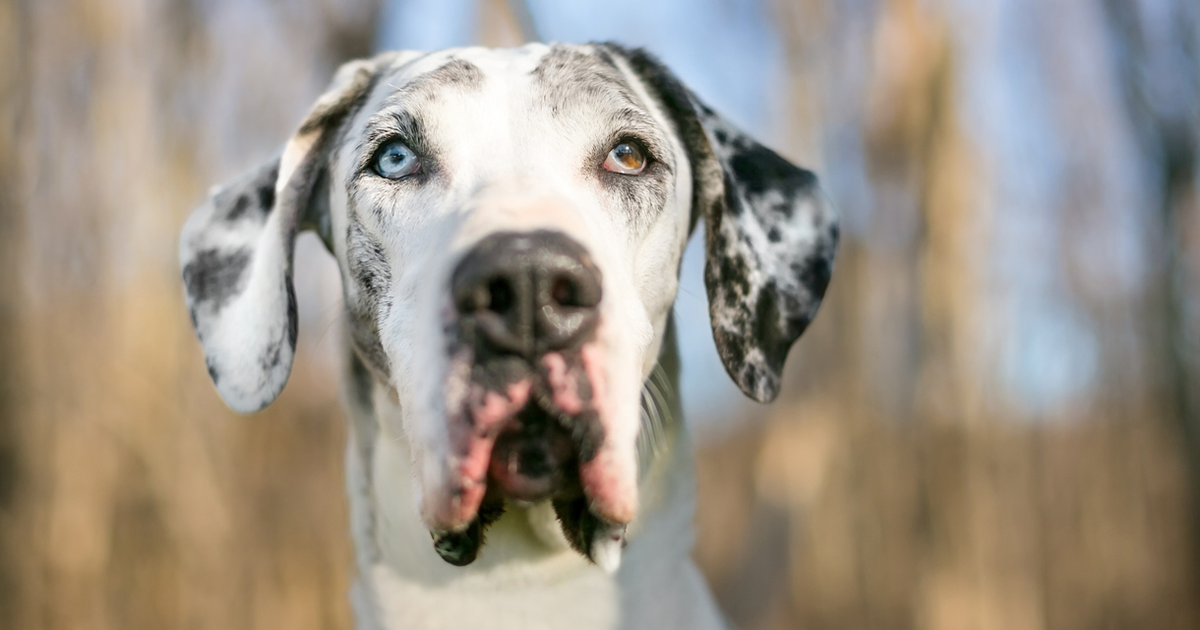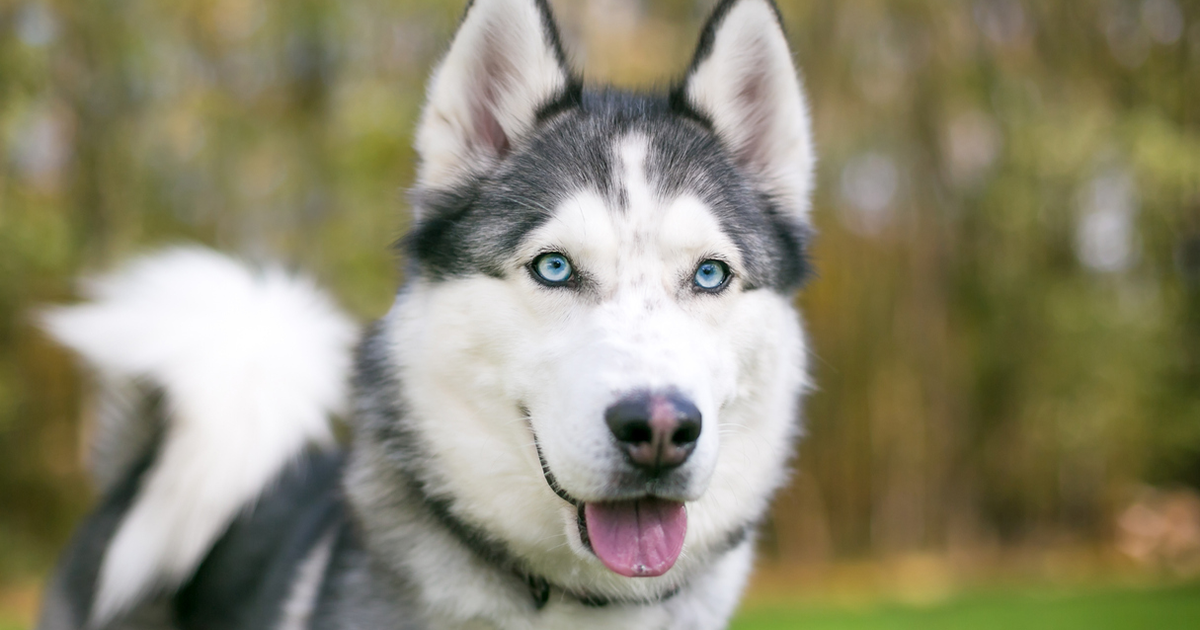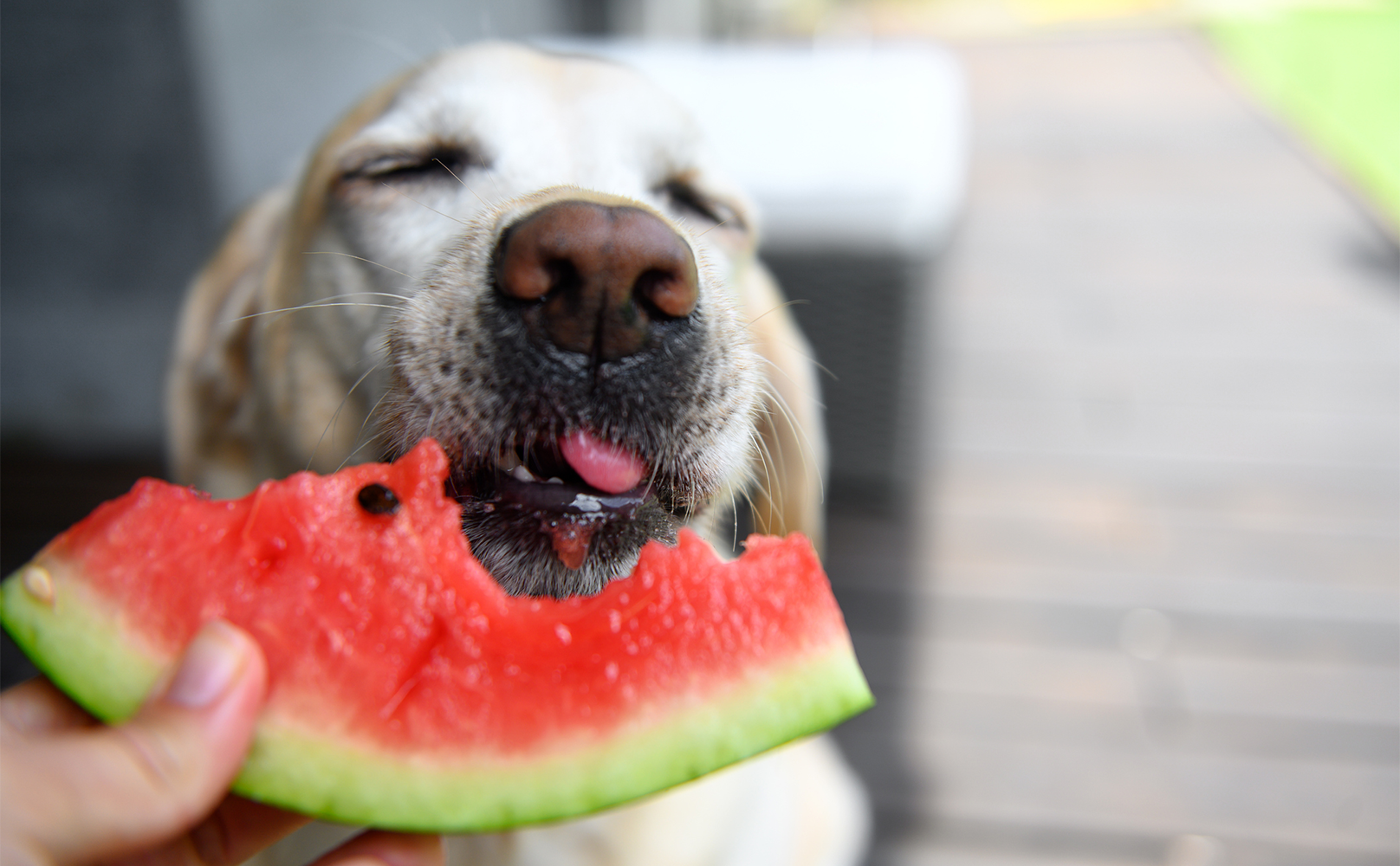House soiling is a frustrating issue that all too often results in owners rehoming or surrendering their dogs. Before you give up on your pup, realize this is a common problem with many possible solutions. Once you get to the root of why your dog is peeing in the house, you can provide the necessary training and/or veterinary care to resolve it.
Below are six of the most common reasons dogs have urinary accidents and what you can do to help.
1. They Are Not Fully Potty Trained
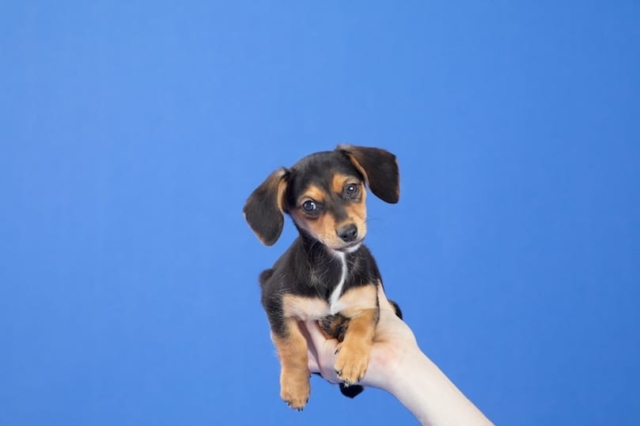

Dogs need time and training to understand what is expected of them. Make potty training a priority as soon as your new pup arrives in your home.
Set up a confined area in your kitchen or bathroom during the training process. Dogs innately understand not to pee or poop in the same area where they sleep and eat. A gated area or crate will encourage them to “hold it,” and prevent accidents from damaging your home.
In very young pups (under 12 weeks), holding their urine is especially difficult. It is important to establish a set schedule for potty breaks based around meals, naps, and play times. In general, puppies need to potty within a half hour of eating, playing or waking up. Take your dog out at the same time each morning and right before bed. Feed meals at a set time, and be sure to head outside after they eat and drink. You may also find it helpful to tether your pup to you so you do not miss the subtle signs of an impending pee.
Above all else, be sure to celebrate the victories. If your dog pees in the house, quietly clean it up. Do not scold or punish them. However, when he or she tinkles outside, be sure to go all out with cheering, clapping, petting and treats! Dogs want nothing more than to please their hoomans, so make sure they know outdoor pees are your favorite!
2. They Are Marking
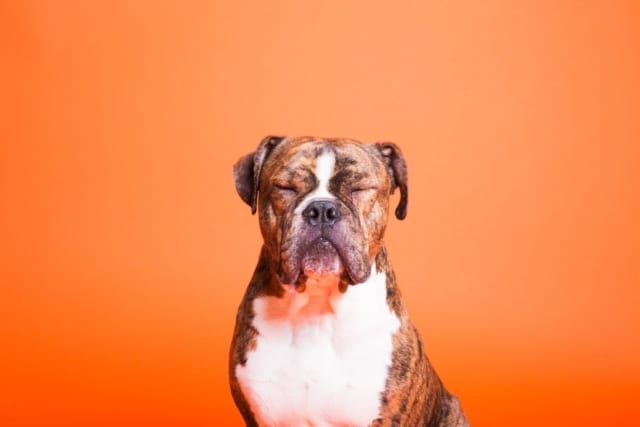

Dogs communicate with their pee. Showering a chair leg with urine may be their way of sending an important signal to other pets. The message could be “Hey ladies, I’m single and ready to mingle.” Or it may mean, “Back off mutts, this house/kibble/human is all mine.”
Unfortunately, once indoor urine marking becomes a habit, it can be difficult to break. Dr. Kathrynn Primm, owner and chief veterinarian of Applebrook Animal Hospital, recommends a consistent reward-based program. She writes:
“Pick where you would prefer your dog to urinate and start strongly and consistently making it the preferred choice. You might want to walk him on a leash so that you can make sure he is urinating when he is outside, instead of doing other things and urinating once he is back inside. When he does go outside, reward him with extreme praise and high value treats. Be consistent until the right options become habit. You might need to consult a certified dog trainer to help you develop an easy-to-follow training plan. In the end, patience, consistency and reward will be your closest allies in the battle against unwanted marking.”
Marking is more common in intact males, but female dogs may also develop this behavior problem.
3. They Have Separation Anxiety
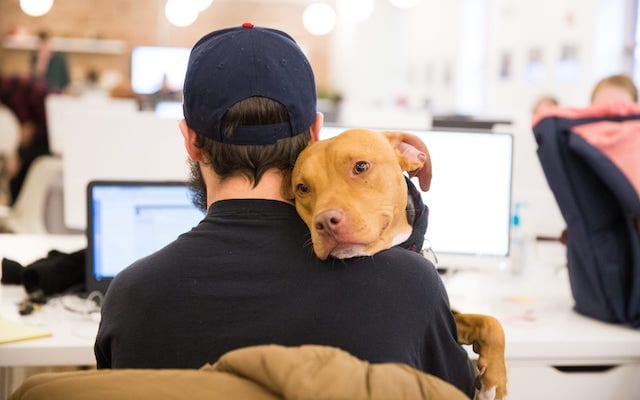

If your dog is peeing in the house when left home alone, you may be dealing with separation anxiety. Dogs are social animals that thrive in the company of others. They often struggle with fear, confusion and stress when separated from those they love.
Separation anxiety can be mild, with symptoms like shaking, whimpering and house soiling; or severe, where dogs bark hysterically, attempt to run away, or cause damage to your home.
If your dog is peeing in the house due to anxiety, try these tips:
- Provide plenty of exercise before you leave the home.
- Do not make a production of saying goodbye to your pup or drag out your departure.
- Reserve a special toy or treat your dog only gets access to when you leave – stuffable treat toys and puzzle toys are great for keeping nervous dogs busy!
- Consider a calming supplement to take the edge off.
4. They Are Submissive
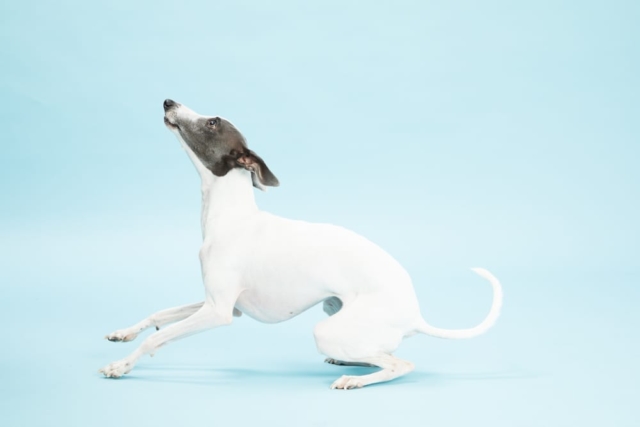

Submissive urination is yet another way dogs communicate with their pee. When greeting a new or dominant dog it is their way of saying, “Don’t worry, I’m not a threat to you.” Unfortunately, this behavior sometimes carries over into their interactions with humans – typically when someone enters the home.
Some pups only urinate submissively when a new dog or human is present, but others pee in the house every time a family member arrives. These dogs tend to get very excited, crouch low to the ground, lay their ears flat, and may even roll over to expose their belly. Play, petting, and scolding may also trigger submissive peeing in an insecure dog.
When arriving home, your instinct may be to yell your dog’s name, kneel down on the floor, and shower them with affection. However, the best way to control submissive/excitement urination is to keep greetings low-key. Try the following tips:
- Ignore your dog for a few minutes, or at least keep your interaction to a minimum until he or she has time to calm down.
- If possible, greet your dog outside.
- When your dog approaches, offer a favorite treat or toy to focus a bit of his or her excitement elsewhere.
- Teach your dog to sit when greeting new people.
5. They Are Confused
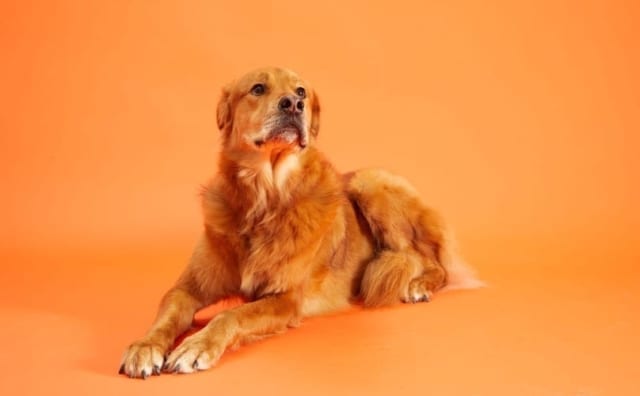

If your older dog is peeing in the house, it may be a sign of cognitive dysfunction or doggy dementia. By the age of 12, nearly 30% of dogs suffer from some degree of Cognitive Dysfunction Syndrome (CDS). Symptoms include pacing, lack of interest in the people and activities they once loved, excessive sleeping and house soiling. While there is no cure for this progressive condition, your vet can help you manage it with home care tips, medications and supplements.
6. They Are Sick


- Birth Defects
- Hormonal Imbalances
- Prostate Disorders
- Spinal Injuries
- Urinary Tract Infections
- Diabetes
- Kidney Disease
- Certain Tumors
- Side Effect of Medication



